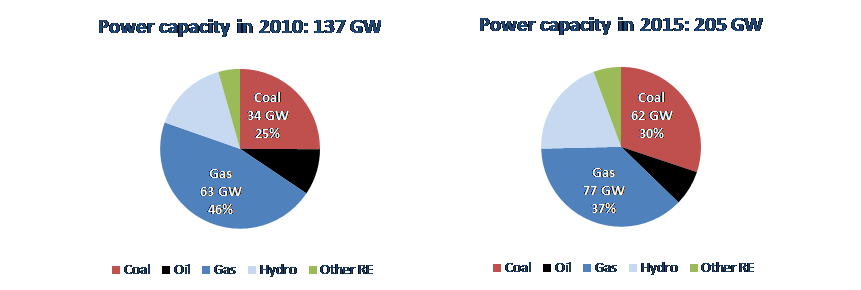The EU gas and energy sector is in the midst of a profound transformation driven by decarbonisation, digitalisation and decentralisation. The latest report by Cedigaz analyses in ten key points the evolution of the gas sector and includes forward looking views on new trends in EU gas markets.
1. Decarbonisation: The EU has a high decarbonisation objective. With the ratification of the Paris Agreement in 2016 and the 2030 climate and energy framework, the EU energy mix requires a profound transformation. The legislative process to implement the 2030 goals was initiated with the Energy Union Package in 2015 and subsequently by the Energy Security Package and the Clean Energy Package. Already, Europe’s energy system is moving fast from a fossil-fuelled energy system to a low-carbon, more digital and consumer centric system. In this new context, the role of gas in the clean energy transition needs to be defined.

